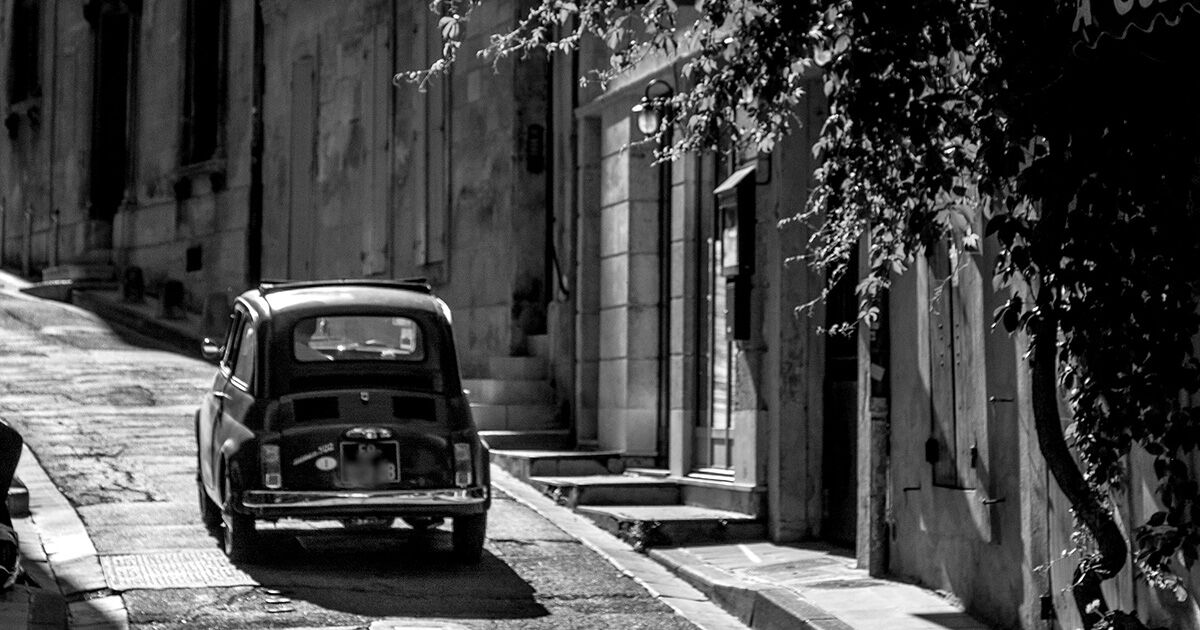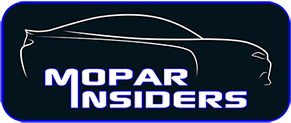Next week is the 10th Year Anniversary of the Bankruptcy filing of Chrysler LLC/Corporation which is huge event in the creation of morden day FCA.
Big part of discussion around FCA since the formal marriage of Fiat and Chrysler into one company has the next partner in the marriage

 www.bloomberg.com
Buffett currently own 72 million GM shares.
www.bloomberg.com
Buffett currently own 72 million GM shares.
Big part of discussion around FCA since the formal marriage of Fiat and Chrysler into one company has the next partner in the marriage
In 2016, Marchionne considered what was called the “Wulf Project”—an option to combine with Volkswagen’s U.S. operation in the wake of the German car company’s emission scandal. That led nowhere, and Marchionne soon turned his focus to his profit targets for Fiat Chrysler and boosting the value of its brands, which he hoped would make the company strong enough before his planned retirement to survive the disruptive electric and self-driving revolution.
There was one uncompleted project that Marchionne probably regretted to the end of his life. He wanted to create the world’s biggest carmaker by merging Fiat Chrysler with its biggest U.S. rival, General Motors Co. The plan was called “Operation Cylinder.” With Elkann, he sent three exploratory letters from 2013 to 2015 to GM executives, including new CEO Mary Barra. All went unanswered. Marchionne then tried to force Barra to the table by seeking help from activist investors. He even considered a hostile bid. In 2015, Marchionne had lined up initial commitments from European banks to finance a $60 billion cash offer for GM. But conditions weren’t right, as Elkann soon realized: It was too financially risky for indebted Fiat, and Barra had the backing of the U.S. establishment, along with top GM investors, including Warren Buffett. "The Oracle of Omaha had discouraged Elkann, suggesting Barra should get her chance to run GM.

The Crisis Fiat Faced as It Lost an Indispensable Leader
A revealing excerpt on what the company risked with the sudden demise of CEO Sergio Marchionne.
In Zurich on July 20, Elkann knew he had to make that crucial decision without Marchionne at his side. Flying back to Turin—where Fiat was founded in 1899—he summoned top managers, executives, and members of the boards of Fiat, Ferrari, and CNH to assemble in the city the next day. Before they convened, he had to come up with candidates for them to consider. For Fiat, at least, that process had been under way for months. Potential candidates included Europe chief Alfredo Altavilla, Jeep boss Mike Manley, and Chief Financial Officer Richard Palmer. Elkann whittled the list down to two to discuss with the board: Palmer and Manley.
As the emergency meeting was coming together, Palmer took himself out of the race while Manley confirmed he wanted the job. So Elkann proposed Manley, who’d been key to the boom at Jeep, Fiat’s most profitable unit, where sales rose to more than 1.6 million in 2018 from 300,000 in 2009. Altavilla, Marchionne’s closest aide for over a decade, told the chairman he was going to resign. Palmer, who stayed on as CFO and has now been appointed to the board, is working closely with both Manley and Elkann on Fiat Chrysler strategy, with a new responsibility for mergers and acquisitions.
Elkann then chose Marchionne’s successor as chairman at CNH, naming Suzanne Heywood, managing director of Exor NV, the Agnelli family’s holding company, for the post. There was no obvious replacement at Ferrari because Marchionne had expected to stay at least three more years. Elkann chose Philip Morris International Inc. Chairman Louis Camilleri, a Ferrari board member, who had the international standing—and could take the job on just a few hours’ notice.On July 21 the boards affirmed Elkann’s choices—just in time to make that night’s prime-time news shows. Four days later, Marchionne’s family announced that he’d died.
